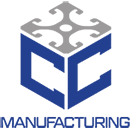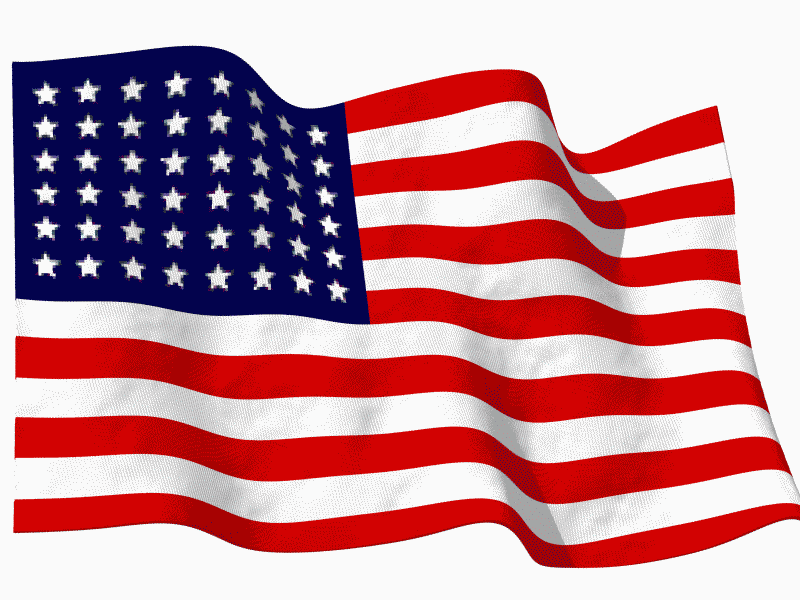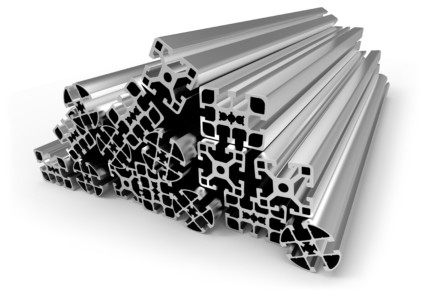Aluminum extrusion is used in the production of aircraft and automobiles, high-rise buildings and offices, conveyors, generators, and other equipment and components. The industrial process is also used in the production of bi-metal and multi-piece aluminum components. In general, the bulk material flows through a die and takes many attempts to shape the material into desired shapes and sizes. The final product is often heat-treated, fire-retardant, and durable.
The Aluminum Extrusion Process
The process of aluminum extrusion can be challenging to comprehend without a fitting analogy. To simplify things, it is best to consider toys used to shape children’s clay. These toys typically have a press or lever mechanism that forces the clay into a form or die. As the clay is forced through the die and shaper, it takes on the correct profile and shape. Extrusion works in much the same way but in a more volatile format.
In the extrusion process, the aluminum billet takes the place of the clay, and heavy machinery takes the place of the plastic toy clay factory. A manufacturer determines the desired shape of the finished aluminum and decides on an appropriate temper for the alloy. The alloy is heated, making it pliable before it is sent through the extrusion press, where it is forced into the die for shaping.
The hardness, finish, and size of the final product depends on the press size and the temperature of the process. C&C Manufactuers has various press sizes to accommodate many industrial and commercial projects.
The Steps of the Aluminum Extrusion Process
Aluminum extrusion is a multi-step process: from the billet to form to delivery. Before a manufacturer can extrude or shape the aluminum, it must heat the billets between 800 F and 900 F. The temperature makes the aluminum more pliable for extrusion. Before the billet is taken to the cradle of the press, it must also be coated with a layer of lubricant or smut to ensure it will not stick to the ram. Essentially, the smut is a parting agent, allowing the aluminum to separate easily from the ram and die.
As the dummy block of the press receives pressure from the ram, it pushes the billet into the container of the machine. The material is crushed against the die until it pushes through, exiting to the other side. The final temperature after extrusion depends on the alloy, but it is typically between 930 F and 950 F.
The extrusion then exits onto a lead-out and run-out table, where it is exposed to several cooling fans on its way to the cooling table. Once the material reaches a specific length, it is cut and moved to a stretching table to straighten and harden the material. Finally, the aluminum is cut to a final length before being transported to and loaded into ovens for aging.
Direct Versus Indirect Extrusion
Direct extrusion is the more traditional form of the process. It involves using a stationary die that the aluminum is then forced through by the pressure of a ram. In other words, direct extrusion requires the movement of the billet.
Indirect extrusion is the opposite. Instead of the billet moving, it is held stationary. The die is mounted directly to the press at the end of the ram. The die moves against the billet, creating the necessary pressure to shape and allow the metal to flow through it.
While both processes can be used for various castings and products, the direct method is the most common. While the indirect method does have some advantages, it results in smaller profile products, and the process does not require friction, meaning the surface might be affected.
What Affects Aluminum Extrusion?
Extrusion is a heavy-duty process, and there are many factors affecting costs and finishes. One of the most influential factors is the shape of the part. The more complex the design, the more involved and delicate the process, meaning a more significant expense.
Aside from the shape, the size and alloy of the material will affect the process. A more robust alloy will require different extrusion speeds, pressure, and temperature settings than a softer alloy. Additionally, the speed of the process and the temperatures will depend on the desired surface and dimensions. Low extrusion temperatures will often produce the best quality surfaces and more accurate dimensions. Higher temperatures do not result in the same quality because the metal is more pliable, allowing for greater variation and flexibility when pushed through the die. Additionally, the surface is more susceptible to imperfections.
When working with extrusion experts, you can discuss the best methods, alloys, and temperatures to achieve the desired result. The extrusion team will use various measurements and ratios to determine the appropriate techniques and pressures to provide a quality finish. It is necessary for companies to understand the limitations of the extrusion process. While the process is an excellent option for creating unique parts and tolerances, the amount of pressure and shaping an alloy can accept depends on the design.
Custom Aluminum Extrusion Products
Extrusion allows for the production of several unique products. While C&C Manufacturers can help you produce nearly anything you can think of, some popular product options include:
- Safety fencing and guarding: If your factory uses moving machinery or machines that can result in flying debris, machine guards are essential. These tools protect workers from injury.
- Enclosures and rooms: C&C Manufactuerers uses the precision Coordinate Measurement Machine to produce customizable spaces that can include machine enclosures, laser enclosures, or clean rooms.
- Workstations: From lift stations, fixture stations to manual assembly, workstations provide specific locations for various tasks. With the extrusion process, you can create custom stations to suit your business.
- Material handling: Custom carts, lifts, supports, and conveyors provide your business with various material handling options. At C&C Manufactuerers, you can choose from turnkey solutions to custom options.
- Component stands: Transformers, valve packs, and controllers typically require unique mounting solutions. With custom solutions, you can design stands to specific weight capacities and requirements.
- Machine bases: Bases can come in heavy, medium, or light-duty options. You can review standard options or talk to a specialist about custom options.
- Work carts: From turnkey assembly carts to workflow carts, aluminum extrusion can produce carts to your exact specifications. You can create a cart that addresses all of your work and storage needs.
Why C&C for Aluminum Extrusion
C&C Manufacturing is an extrusion manufacturer specializing in various extruded products and services. Since 2018, the company has been growing to support an increasing consumer base. As one of the leading aluminum fabrication manufacturers, the company has built a reputation for a stable product base of cleanroom enclosures, machine bases, machine guards, work stations, conveyors, racks, and various other custom designs.
You undoubtedly have expectations for your production needs, and C&C is more than capable of handling your fabrication projects. Working with such names as Tesla, Toyota, Boeing, Ford, and several other renowned brands, there should be no doubt that your business is in good hands with C&C.
Aluminum extrusion is a specialized manufacturing process, and while many companies are offering similar services, C&C is a well-respected and capable manufacturer. Whatever your project needs, C&C is here for you and your fabrication needs.


